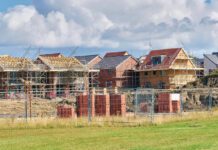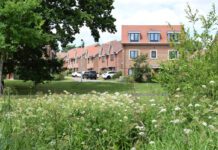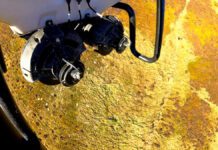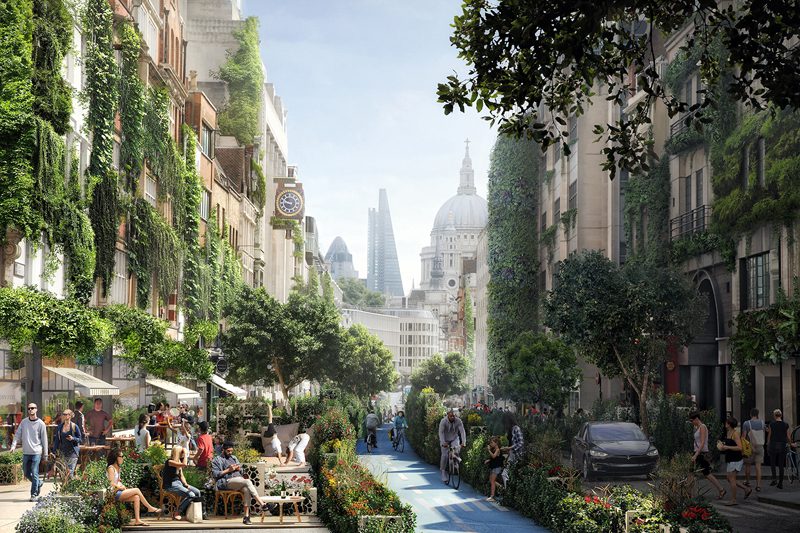
Global architecture firm WATG has unveiled a modular building material that can incorporate plants and irrigation – a ‘Green Block’ – following London Mayor Sadiq Khan’s August challenge to designate London a National Park City. The WATG London-based landscape team, led by Demet Karaoglu, challenged themselves to an internal innovation competition to explore how the firm can contribute to transform urban spaces for a greener future.
WATG has worked in collaboration with Daniel Raven-Ellison, who carries the designation “guerrilla geographer & creative explorer” in WATG’s press release, and who is leading the campaign to make London the world’s first National Park City (NPC).
The ‘Green Block’ is envisaged as a maintenance-free 100% recyclable modular, living building material permeated with native wildflower seeds and containing its own irrigation reservoir. With planting that is specific to the UK climate (but adaptable for global use), the ‘Green Block’ can be used in creative ways to enhance the natural biodiversity of London by:
– Reclaiming expanses of tarmac and space made available by redundant roads and car parks, following the rise of autonomous and shared vehicle and bicycle schemes in the Capital;
– Adding greenery to existing cafes and shopfronts whilst cleaning and filtering the city air and creating a more aesthetically-desirable city-scape;
– Cladding buildings and hoarding construction sites;
– Delineating and augmenting cycling routes;
– Connecting the city’s existing parks;
– Allowing residents and property owners in the Capital to create their own urban allotments, replacing concrete front gardens and providing ecological corridors for the city’s native wildlife such as invertebrates, small mammals and raptors.
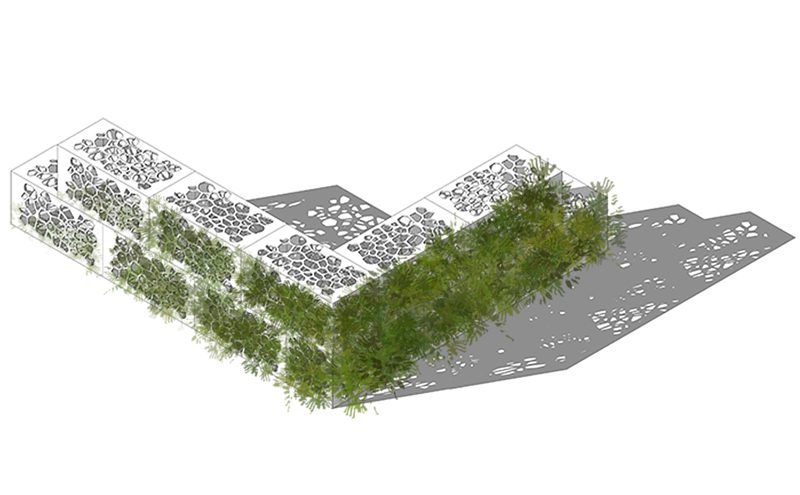
John Goldwyn, Vice President of Planning and Landscape for WATG commented: “Our inspiration was to think about London in the future when there are less cars on the road and fewer car lanes. This idea claws back space from the roads and returns it to the people of London. As Landscape Architects, we’ve been incredibly inspired by Mayor Khan’s commitment to the environment in the Capital.”
Daniel Raven-Ellison, commented: “I’ve been extremely inspired by the innovative thinking and support from London-based companies such as WATG. To make a greener future a reality for all Londoners, we need to work together and leverage our collective creativity and resources.”
Mayor Khan has given his full support for London to become a National Park City and plans are in motion for the NPC to be declared in 2018 and launched in 2019.
The Green Block is currently in prototype and testing is expected to be completed in early 2018. To see the Green Block come to life on Fleet Street, click here.
To get involved or support the campaign to make London a National Park City, visit here



